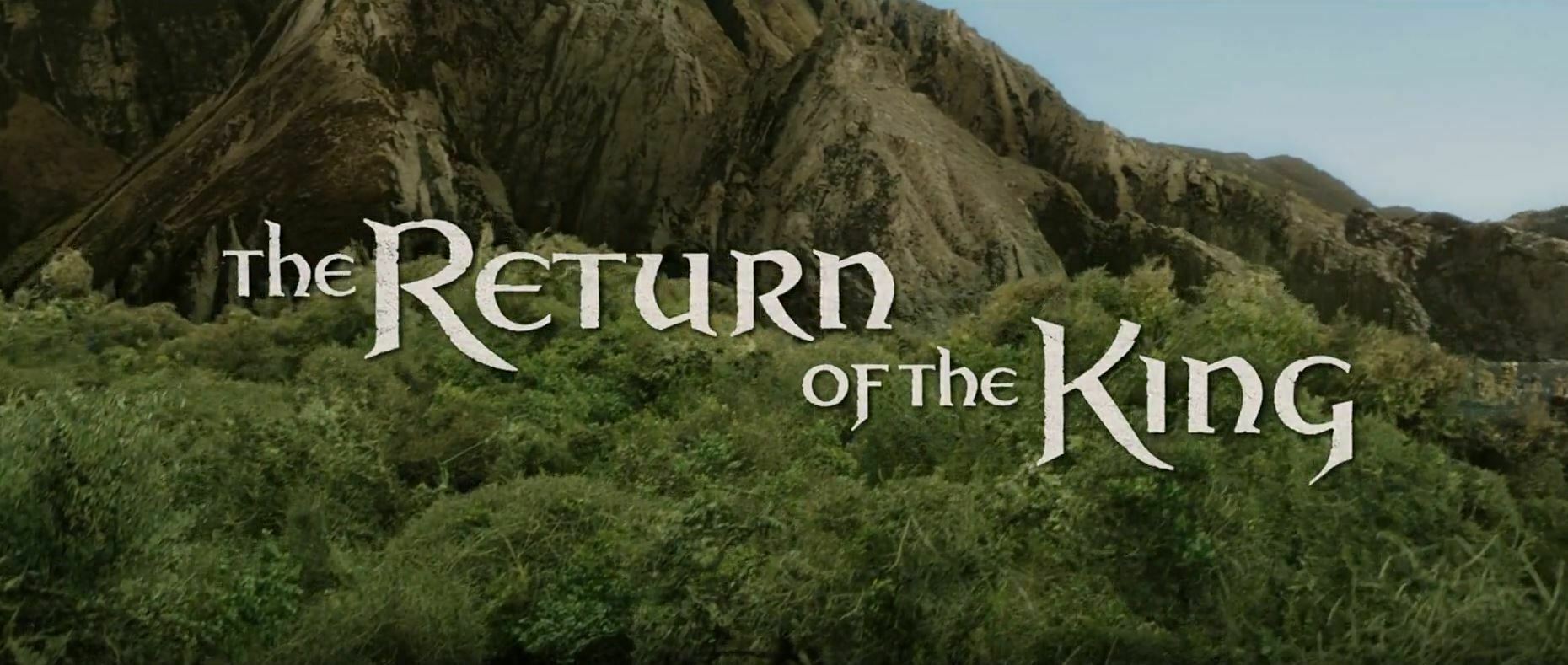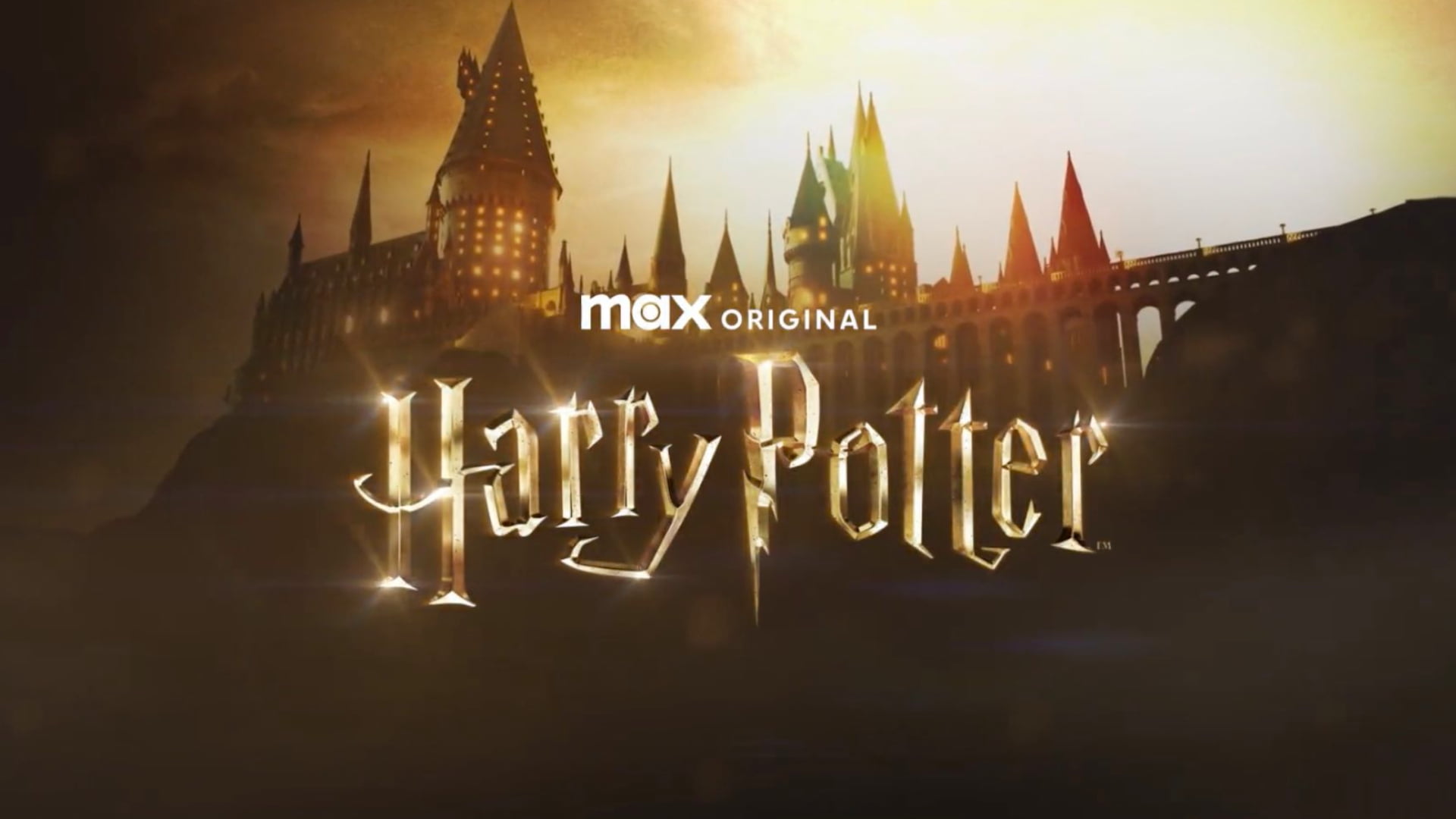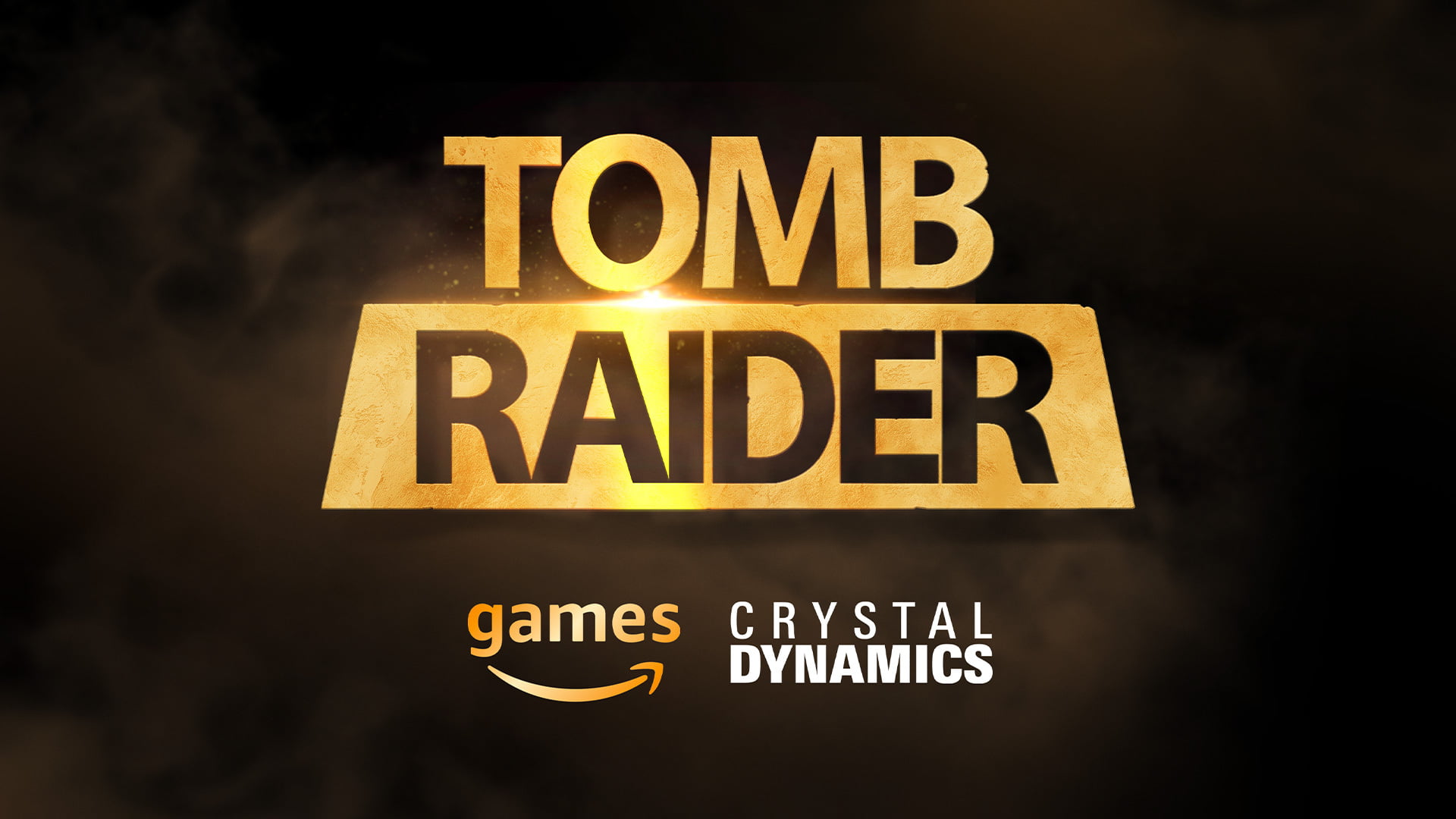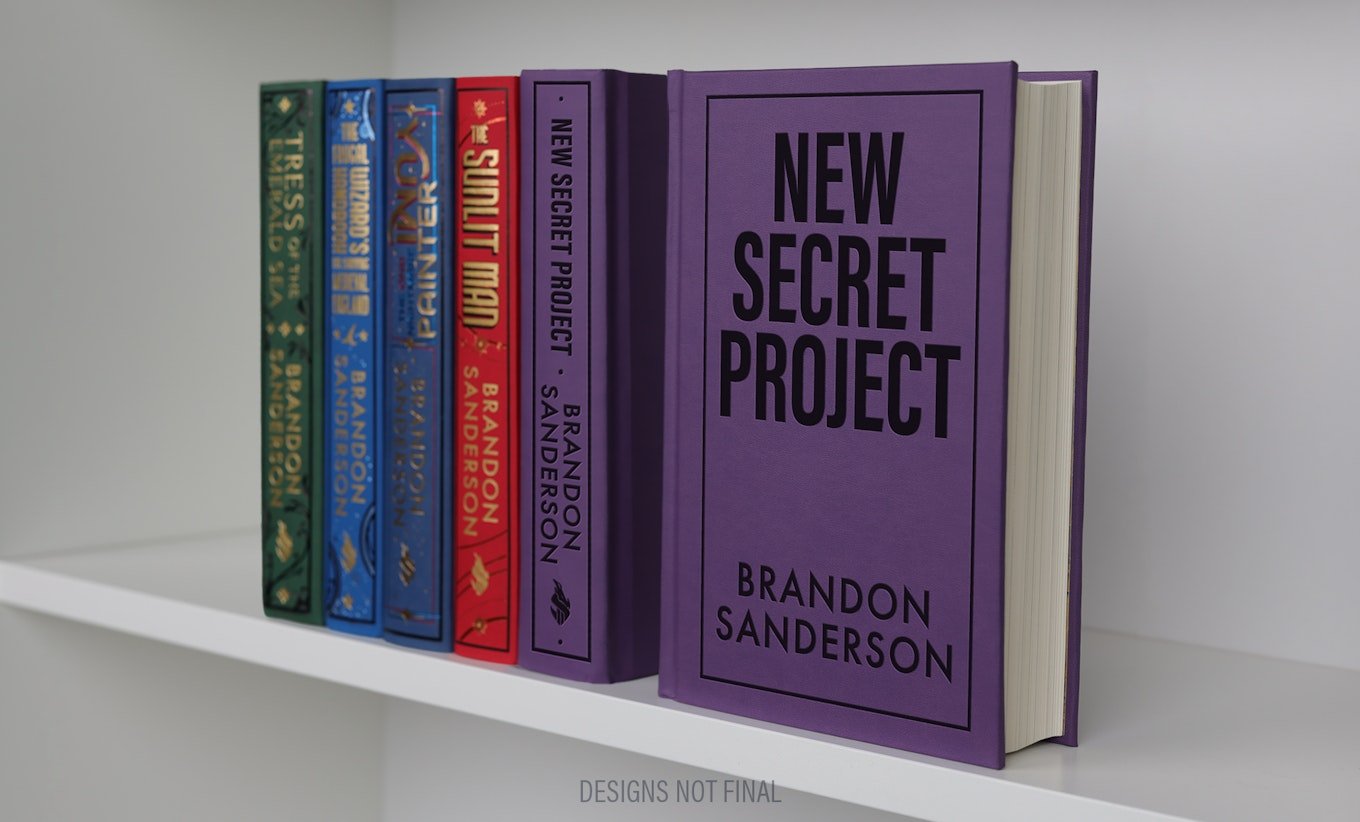This last consummate salute to the workmanship on the movie trilogy inspired by J.R.R. Tolkien’s novel is now well into it’s run. As anyone familiar with the initial exhibition will remember – it focused on one part of the story; the rest was veiled in secrecy; strewn across the editing room floor; or being comprehensively “Weta’d” in a dark corner of Wellington.
The enhanced exhibition divides into three broad elements: Costume, Armour, and Special Effects, each of which has been considerably enhanced by the addition of material from the later films. It is a supreme validation of the fistful of Oscars won for the Trilogy. Here fans can absorb the breathtaking range of skills used to create Middle Earth’s peoples perusing armour and clothing in detail, as well as view the wonderful concept art by Alan Lee and John Howe, the visualisations (a personal favourite of mine) by Paul Lasaine, and others. Much of the concept drawings are very large and great to see.
Costume
One of the exhibitions chief glories is the ability to get really close to the costumes, great for those who enjoy re-creating the costumes from the movie themselves. Each costume in supplemented by articles worn in the movie that set it in context.
Starting with the reluctant hero; Aragorn’s well worn Ranger outfit in its earthy colours is accompanied by his sword and its scuffed and tattered scabbard. Nicked and scratched, this sword has seen real action. The magnificent Anduril appears later in the exhibition and is almost as tall as me (I’m 5″ 4′) – elegant and powerful. Apparently Viggo Mortensen insisted on mending his outfit himself as a real Ranger would have done, and his sword went everywhere with him, which much have raised a few eyebrows here in Wellington!
The elven costumes and accompanying artifacts look elegant and graceful, and show the influences of the medieval period, Art Deco and the natural world.
Sinuous motifs embellish the necks, sleeves and front borders of gowns, and the crinkly pale cream silk of Galadriel’s robe shimmers, decorated with fine winding chain stitch, tiny pearls and crystal beads. The clasp of her cloak mirrors the design of her crown, also on display, with its fine silver and golden leaves, and her ring of power. The neckpiece of her consort Celeborn is slightly more reticent in style but captures the spirit of the elves and nature, while the crown of Elrond captures his elven power and more earnest demeanour.
Arwen’s costume display is changed from the previous exhibition – her travel costume of elegant soft kid suede is (sadly) removed but replaced by her butterfly crown and wedding dress in palest green silk velvet, again with the fine chain stitch, pearl and encrusted crystal bead decoration sweeping across the boat neck. It appears identical to the darker ‘requiem’ dress I remember seeing. Both have graceful, full floor length sleeves with silk chiffon undersleeves. There is a display of fabric swatches, Arwen’s sword, which I had not seen close up before so this was a treat, and her crown with its delicate strands of silver, crystal beads and butterflies.
A special note. Arwen’s costumes is displayed with the most exquisite and breathtaking silk painted banner flawlessly executed and special enough to credit the artist involved – Leslie Earl-Templeton. It is one of the subtle masterworks in the exhibition, so try to take a look.
Costumes for all characters including Gimli, Theoden, Saruman and Gandalf are displayed on mannequins allowing us get an idea the size of the characters, the weight of the costumes and the huge amount of detailed work that went into each one. Gimli’s armour with its heavy leather crossed belts that strap his heavy axes to his back is practical and chunk; Legolas the elf with his refined elegance and soft suede looks more flexibly active! Both, however, have superb accessories, elegant arrows and a beautifully tooled arm protector for Legolas and hefty iron work for Gimli.
Saruman may have been the bad guy but they didn’t stint on his costume! The sleeves are very wide with broad bands of pale cream embroidery down the front, and a silk undergown, then fine silken toggles fastening an embroidered chest panel. I also realised that Christopher Lee really is very vary tall! Saruman’s cabinet of props includes a Palantir, and items from the set reflecting his more academic interests.
Gandalf the White’s costume must have been an inspiration to wear for Sir Ian MacKellan. Its layers are sumptuous yet restrained, showing power under complete control. The cloak is of cream Stansmore wool, there is a fine brocade undershirt, a woollen jacket embroidered with a circular motif and a leather overskirt. Glamdring, looks well used, just like Aragon’s sword, so I suspect it was used a lot in the movie. As always the clasp of the cloak is notable (even more notable if you were tall enough to see it properly!), and Gandalf’s staff rounded off the image of a powerful wizard.
Gandalf’s accompanying display cabinet definitely seems more ‘human’ by comparison with Saruman’s. Along with many papers written in arcane scripts, there is his toffee bag and his shoulder bag, both looking as well used, and his pipe.
Even Boromir gets a look in (O.K. a lie-down) with his frighteningly realistic body laid out in an elven boat. He looks creepily realistic and you expect Sean Bean to leap out at any moment, living and breathing – with a wave and a Boromir grin.
Does Gollum count as a costume, or is he a special effect? Well, in any event, there is a large display case containing Gollum face masks that show his primary expressions ‘Fighting’, ‘Happy’, ‘Terrified’ and ‘Scared’ and they are just so cool to see up close! They are set beside a life size model of Gollum on a rock with his fish. This looks so realistic you expect him to move at any moment, which brings home to every visitor just how skilled the sculptors and model makers Peter Jackson had in his team really were.
Armour
The armour and armaments created by Weta are exciting to see, and the amount of thought and creative energy that went into each is self evident. Each set of armour has its own distinct style, each people is reflected in the weapons it uses to fight. As Richard Taylor points out – King Theoden’s armour is a hymn of praise to the horse, and, seeing it in the exhibition you have to agree. It is a tour de force from the horse shaped crest of the helmet, down the breastplate, the leather hip panels, and on to the leg guards. This along with the other costumes, deserves a book to itself. The chain mail armour gets a little display to itself, partly as a tribute to the guys who put it together link, by link, by link. Millions of them! It looks so convincing and heavy but is actually very very light. Those guys deserve their own chain mail wearing Oscar!
The main armour display has been seen before, but one cannot fail to be impressed by the consistent creative vision that drew on Tolkien’s books to summon a host of peoples that are convincing, believable and completely real.
You can see how the armour of the elves changes between the time the armies fought Sauron in the prologue and the later battles. The early Elven armour, for example, seemed very practical, closely fitted to the body with an inventive and fluid cloak fastening that draped forward over the shoulders and wound around the body as a fabric belt. The later armour is a bit more elaborate, but the elven shields and armour themselves always remains both practical and exquisitely beautiful.
This is a contrast to the brutally practical armour of the Orcs and other foot soldiers of Sauron. Their armour and weapons look worn, grubby, battered and occasionally stolen as I spotted a Gondorian breastplate on one Orc model, and I bet he didn’t ask for it politely!
The Harad armour, for example, seemed Bedouin inspired, with its elaborate skull decorated breastplate and loose swirling garments made for surviving in hot climates. Reminded by the Harad armour I was impressed by the
Special Effects and Models
One display, although not really a special effect, I liked is the display of The Ring itself, in a darkened room, with Ring related speeches from the movie playing as you look at the Ring, the work of Jens Hansen (1940 – 1999). This is a tribute to a fine craftsman, one of the last pieces he created – it is lovely to see.
The model of Hobbiton Mill as seen in Frodo’s vision at Lothlorien casts a gloomy spell but this time it is set close to Sauron’s tall and fearsome armour from the Prologue. Sauron, in turn, towers over the model of Barad-Dur bathed in a blood red light. The aura of fear conjured up is a contrast to the friendly model of Treebeard that appears out of the gloom further on – looking down as though from deep in the Fangorn Forest.
I missed seeing Isengard when the exhibition visited London so it was good to catch up with it’s towering spire clawing its way upwards towards the roof of Te Papa: all rhythmical angles and malevolent symmetry. It really does reflect the Alan Lee watercolour displayed beside it. Not a dumb statement as Peter Jackson actually asked him to draw the top of the building only seen previously in a drawing – a dream come true for many, I think!
I’m not sure where the banners go in the scheme of things but I would love to get a closer look at them, they are all hung high up in one of the long halls and capture a medieval spirit in the way they are displayed and in their shapes, slender elegance for the elves and solid black and silver for Gondor’s tree. It’s just, being a textile person, seeing them up close would have been fun! This bright room also contains an amazing model of the Mumak about 18 inches high, a terrific example of the model maker’s art that chills the blood in the movie, only it does not look to tiny there! It’s seeing little things like this and appreciating the craftsmanship that makes the LOTR exhibition such a treat.
Software
The ‘Massive’ software that created the armies that fought in Middle Earth belongs in the Armour section as much as the special effects as it seems to make good use of both but here it’s in Special Effects, and it is fun to see, via video clips and demonstrations, just how effective the software was at creating whole armies of people, each appearing to work independently of the rest of the huge army!
There is a truly scary, OK if you imagine it was real, and you were fighting it in the mines of Moria in the dark, it’s scary – Cave Troll, definitely life size and fighting it’s way into the chamber where our heroes find themselves, so with that to spur you on you round the corner and sight the Ringwraith’s costume and rings. Their costumes are of very loosely woven wool with tatty hems that would flutter creepily in the wind. They also wore pointed metal gloves and boots, and appeared immensely tall! Even their Nazgul rings breath malevolence with it’s stone of Sauron’s eye – creepy. It all fits neatly in with the rest of this display section with the brutal Orcs, and the towering figure of Lurtz.
Suddenly you turn a corner and hold your breath in astonishment. In front of you, towering to the ceiling 18ft high and fourteen paces wide is a 72nd scale model of Minas Tirith, the White City. It is breathtaking. This people will cross oceans to see. This is worth the cost of admission alone.
The seven circles that make up the city are executed in the finest smallest detail, and the vision of this fortified Italianate city shimmers in front of you towering upwards as you take in its sheer size and creative inventiveness. You can trace the paths of streets, of buildings each with a perfect little roof, or dome; see tiny ladders propped against buildings, perfectly made tiny cranes; miniature battlements and the front gate, the impressive entrance to Minas Tirith. It is a tribute to the model makers art and it’s creative team must be delighted to see it on display.
Summary
The exhibition is worth a look simply to see the overview of the trilogy not just the first movie. Each display is accompanied by a selection of short video clips that enhance your appreciation of the work done and the people involved, and it is great to see so much of the concept art work as large framed drawings, plus the other visualisations that the great movie project grew from and into; the detailed work involved in every department, all working towards the finished product – the Lord of the Rings movie trilogy is this exhibitions chief glory. It’s a great treat for fans, and for those, like me, who appreciate seeing at close quarters the effort, skill and inventiveness that stands behind a quality film, especially one with so much New Zealand input!
Lord of Rings: The Exhibition continues now through August 20 at the Te Papa Tongarewa museum in Wellington, New Zealand.






